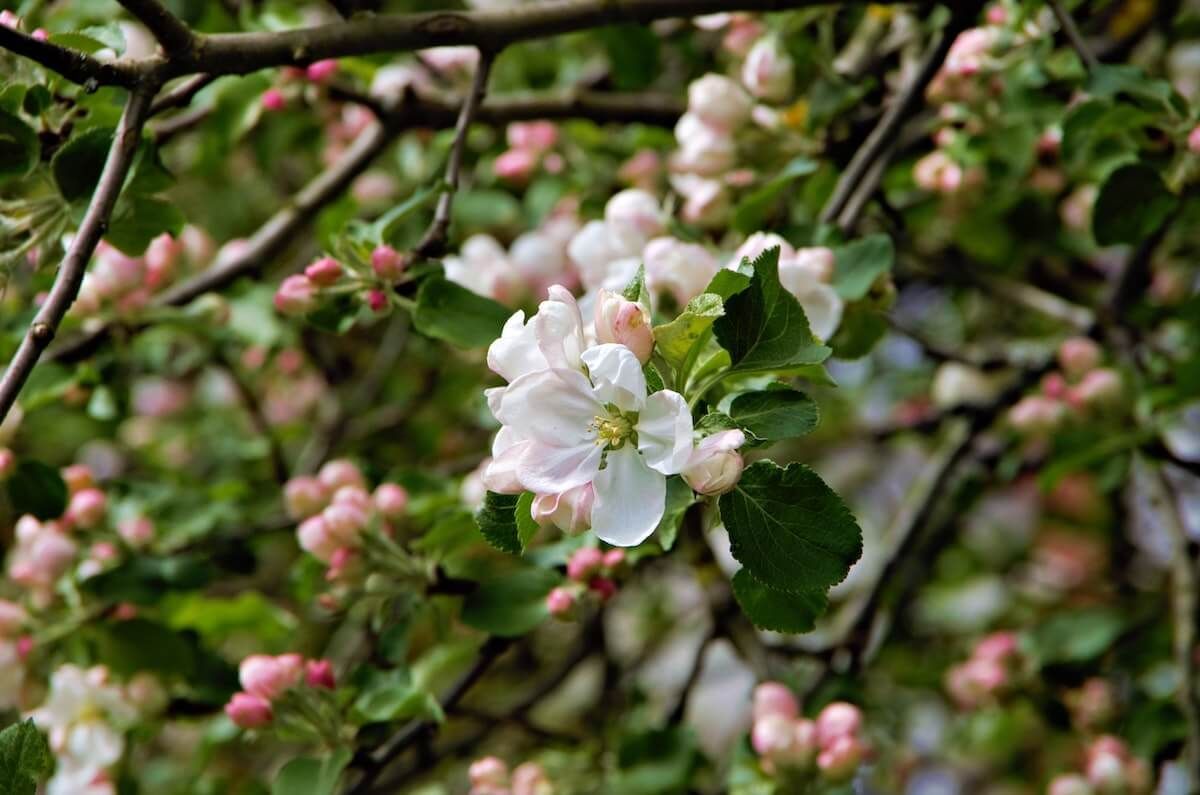Top 9 Beneficial Insects for the Garden
Top 9 beneficial insects and how to attract them to the garden.
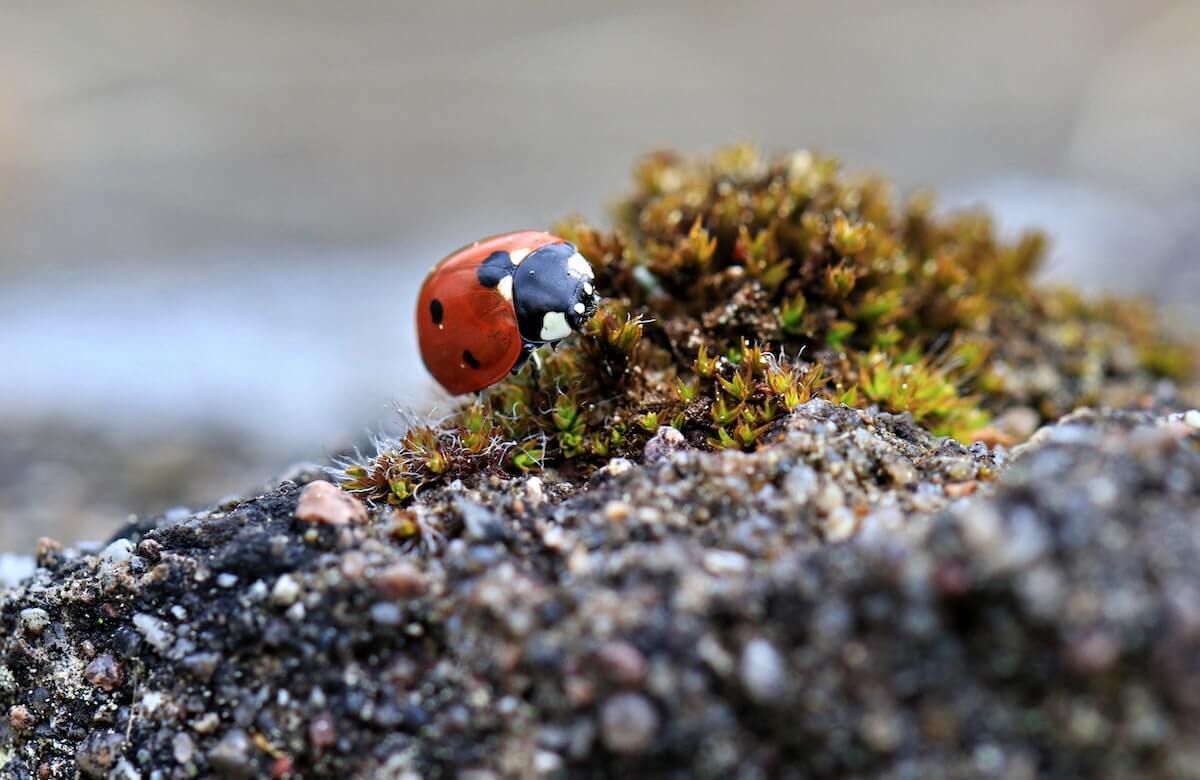
Aphid Midge
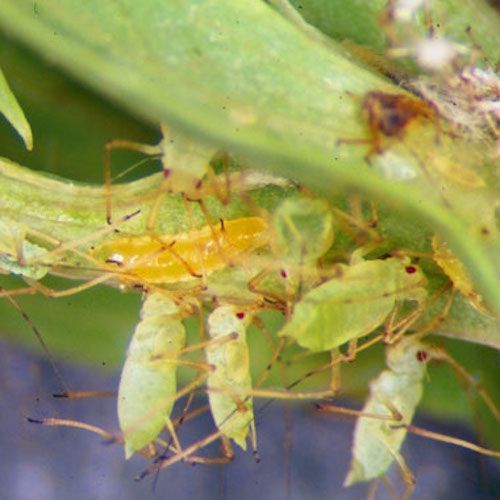
The larvae of this tiny, long-legged fly feed on more than 60 species of aphids by paralyzing their prey with toxic saliva. Pollen plants will bring aphid midges to your garden.
Braconid Wasps
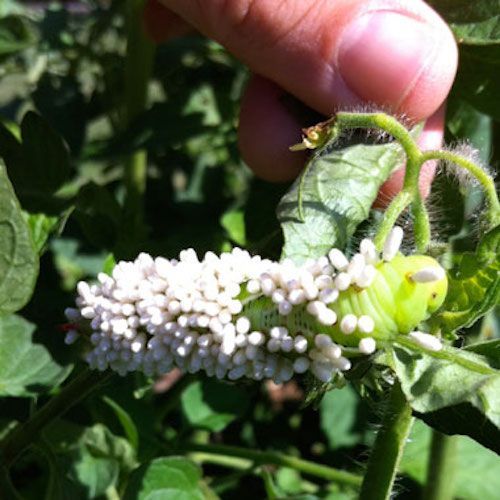
The adult female of the species injects its eggs into host insects. The larvae then feed inside their hosts, which include moth and beetle larvae and aphids.
The host dies once the larvae have completed development. Grow nectar plants with small flowers, such as dill, parsley, wild carrot, and yarrow, to bring them to your garden.
Damsel Bugs
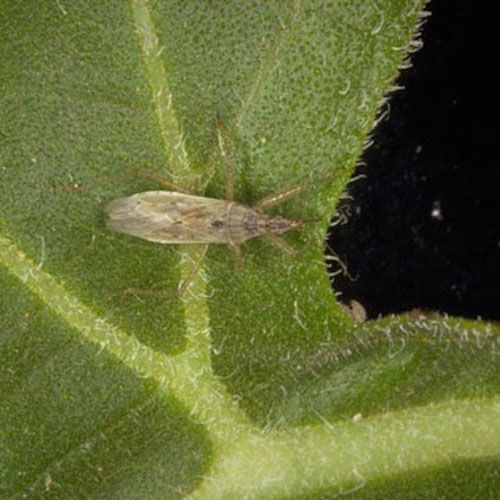
Damsel bugs feed on aphids, small caterpillars, leafhoppers, thrips, and other pesky pests. Collect damsel bugs from alfalfa fields, using a sweep net, and then release them around your site.
Ground Beetles
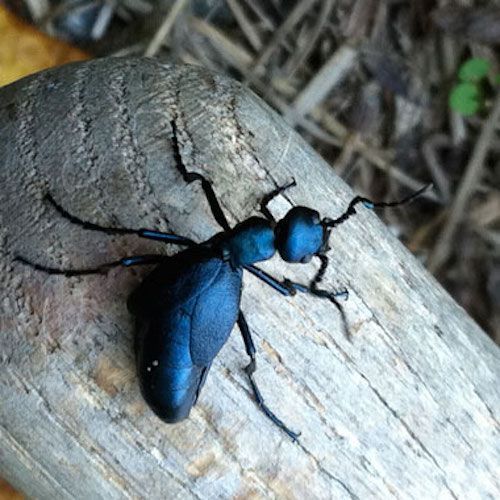
The nocturnal ground beetle is a voracious predator of slugs, snails, cutworms, cabbage maggots, and other pests that live in your garden’s soil.
One beetle larva can eat more than 50 caterpillars! Plant perennials among garden plants for stable habitats, or white clover as a groundcover in orchards.
Lacewings
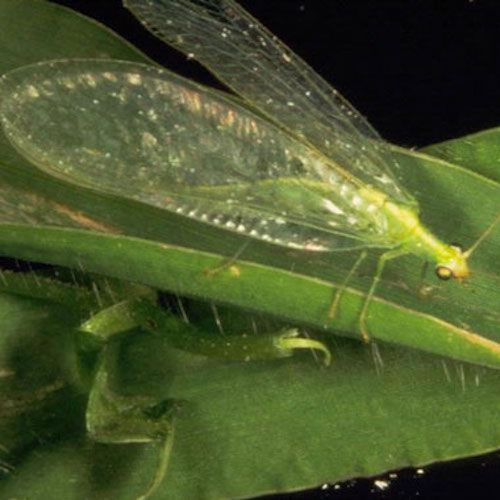
Both adult lacewings and their larvae eat aphids, caterpillars, mealybugs, scales, thrips, and whiteflies. Angelica, coreopsis, cosmos, and sweet alyssum will bring lacewings to your garden.
Lady Beetles
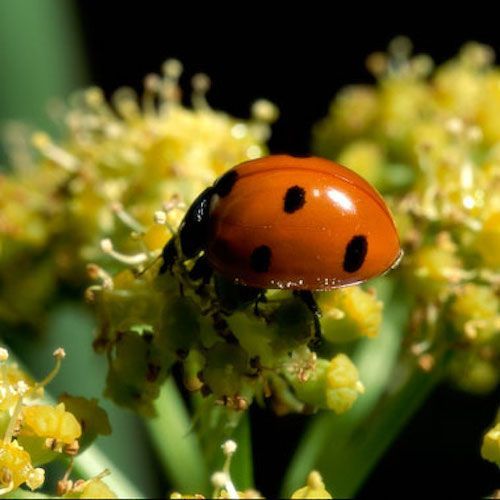
Adult lady beetles eat aphids, mites, and mealybugs, and their hungry larvae do even more damage to garden pests. Plant angelica, coreopsis, dill, fennel, and yarrow to attract them.
Minute Pirate Bugs
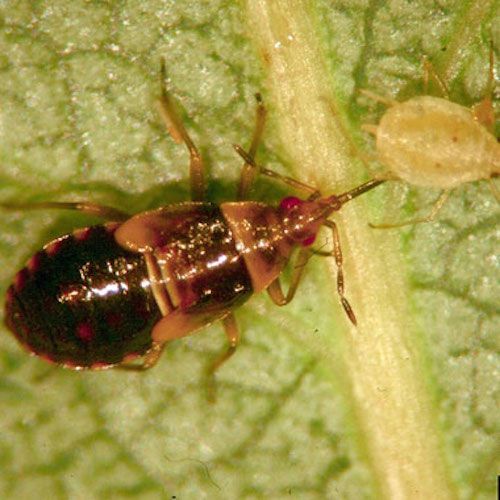
The quick-moving, black-and-white patterned minute pirate bugs will attack almost any insect. Goldenrods, daisies, alfalfa, and yarrow will attract these bugs.
Soldier Beetles
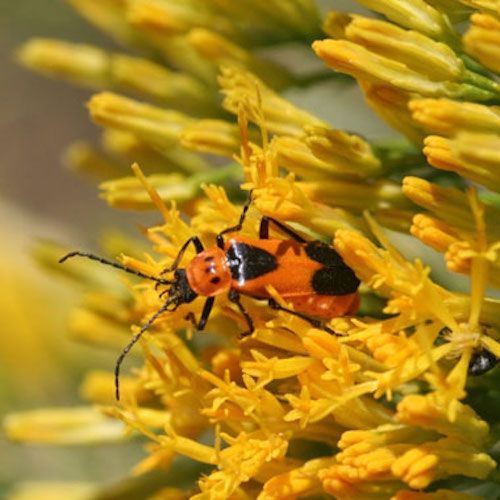
The soldier beetle feeds on aphids, caterpillars, and other insects, including harmless and beneficial species. Attract this flying insect by planting catnip, goldenrod, and hydrangea.
Spined Soldier Bug
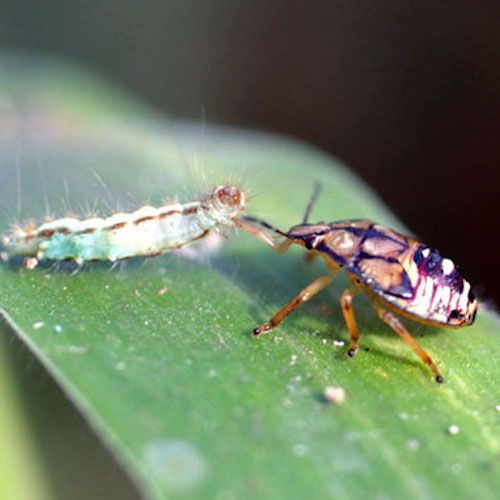
Photo credit: Russ Ottens, University of Georgia, Bugwood.org
The spined soldier bug’s pointed “shoulders” distinguish it from the peskier stink bug. Plant permanent beds of perennials to provide shelter for this predator of hairless caterpillars and beetle larvae.











